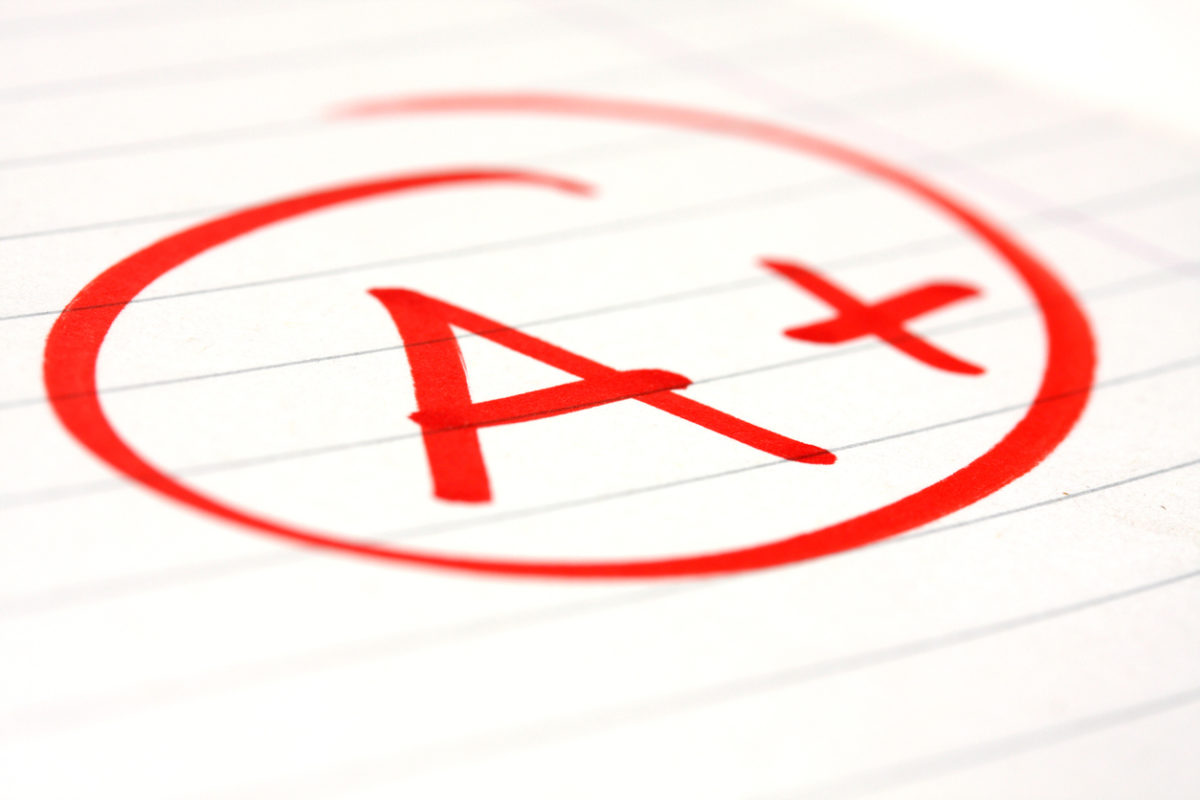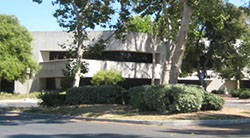
How do you know if your child is in a great school? Is he/she learning anything? Does he/she enjoy going to school? Does he/she feel safe? Is he/she being challenged? Is he/she being well-cared for? Does he/she have opportunities to develop special skills and talents, as well as explore personal special interests? Is he/she happy?
How about his/her classroom? Is it vibrant? Is the teacher engaging, uplifting, and foster a love of learning in the classroom? Is there a variety of resources available? Does the school possess strong leadership and attributes of success?
How would you get answers to these questions? You could go to the school, walk the hallways, visit your child’s classroom, talk with teachers and administrators, see a lesson being given, talk with other parents, and lastly, maybe check the Internet.
Most parents don’t have the time or inclination to do this amount of research. Most of what parents learn about their child’s educational progress comes from standardized test scores.
Standardized Testing Doesn’t Measure Educational Quality
But notice there was no question above about how your child is doing on tests. That’s because new research is suggesting that standardized testing will measure maybe 20% of all the things that make school a great learning experience.
Testing tells you nothing about the values described above. It only tells you how well your child may have done on specific tests after specific test preparation by your child’s teacher.
And what happens if the test scores in your child’s school are low? Pressure gets applied to the school to raise the scores. This pressure gets passed on to the teachers, and they must now do a better job of preparing the children for the next round of tests.
This testing charade cycle could lead to what has been called a fraudulent intervention of the teaching process, a measurement event that does not measure real improvement for schools and does not improve teaching practices.
Standardized testing leads to repetitive, boring practice rounds and repetitive instruction. It’s a step backward in the creative process.
What has to happen in this case, and to solve low testing in any school, is to change the teaching practices. Real learning occurs slowly for most students, much slower than tests reveal. Improvement is traditionally inflated so school systems can show they are getting better and can keep their funding and accreditation.
What Standardized Tests Don’t Measure
Even if test scores were legitimately high, standardized tests would not reveal all the value the school provides, nor reflect everything the school does to effectively foster a healthy learning environment in meeting students’ unique educational needs.
Standardized test scores don’t tell you about school culture as a whole – the level of engagement, the resources, the citizenship, the teacher level of commitment and creativity, the level of care, the safety, the opportunities to explore interests, or the social and emotional health and support that’s an integral part of students’ everyday learning environment.
And tests don’t tell you if your child is happy and confident.
Some new research shows that high standardized test score growth can actually be correlated with low levels of student engagement and accountability. Standardized tests tell us very little about what we actually value in schools.
A school may be good in one area or another, but it is not necessarily good in all areas. Those schools that are good in most of them – can be considered approaching the “greatness” goal.
School Quality Based on Academic Reputation
On a larger scale, one good school does not mean that all schools are good. We make that kind of assumption all the time. We say “It’s a good school system.” But that may not be the case. The policies may be similar, but the teachers are different, the children are different, the parents are different, and the administrators are different. All schools are not uniformly good or bad.
Discussions crop up throughout communities about which schools appear to be good. The talk about school quality can get distorted. Parents really don’t know enough about the schools and all they encompass to make valid judgments about value.
Parents also make judgments about where to live and what schools to send their children to. Schools with more affluent student families tend to produce higher test scores and are perceived as being “good.” Parents seek them out, choosing them over schools with more diverse student bodies.
Improved Framework for Measuring School Performance
The first thing for interested educators and concerned parents to do is to have a shared understanding of what they want their schools to do. They should use the same clear language for articulating aims and more valid metrics for tracking progress.
A clear framework of educational and developmental goals would establish common ground for richer discussions and would recognize the multi-dimensionality of schools.
Once goals are established as to what’s important, then the instruments of measurement can be developed. The metrics should be aligned with the goals. These metrics should come from a variety of sources, like performance measurements embedded in the curriculum, from school districts that have more information than any one school, from surveys of students and teachers, and more.
The goals should be realistic and achievable and recognize that learning is a steady process. Unrealistically high goals lead to invalid testing to justify those goals.
Too-high goals also lead to what has been called “gaming” where educators try to cheat the system by short-changing students just to get those higher scores by spending an inordinate amount of time and effort on test preparation rather than on the process of learning.
What should be measured are the things that make schools great, the things that matter. One researcher suggests they should include student achievement (that goes far beyond what is measured by standardized tests), the quality of educators’ practices, and the school’s climate.
Tests should not be goals, and should not generate pressure to get better scores. They should be used wisely to improve educational practices.
Teachers should be given the support they need to change and improve teaching methods. Parents and administrators should not demand improvement without providing the necessary support as well as recognition of contributions.
Any new methods or strategies should be monitored, evaluated, and changed if needed, much like automotive or other product innovations are tested before being released to consumers. Fully tested practices should be released to all schools.
To make your child’s school great, get involved by talking with your child, with teachers and administrators about what you like and what you think can be improved. Be specific and carry examples of what you mean. Make constructive suggestions. Have discussions with school board officials. Join with other interested parents. You can play a large part in making your child’s school great.






